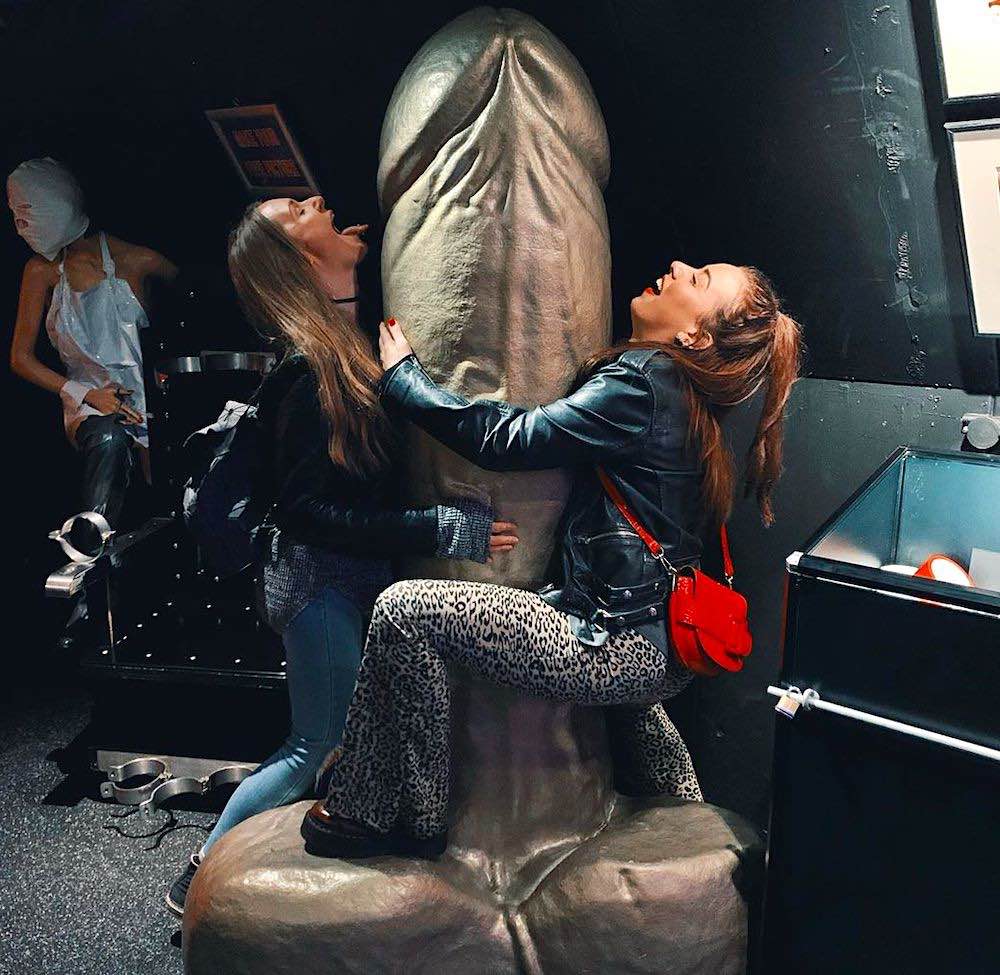Prostitution Criticism Rebutted
Posted on: September 13, 2017

Everywhere, within prostitution in the Netherlands and outside of it, you’ll find aggressive assholes
Aggressive assholes can be found everywhere, in and outside of prostitution in the Netherlands. Most customers of prostitutes use their services in a correct manner, writes professor Ine Vanwesenbeeck, associated with Rutgers Knowledge Center on Sexuality in this opinion piece, originally posted by the Dutch newspaper Volkskrant.

Ine Vanwesenbeeck is Professor of Sexual Development, Diversity and Health at the Faculty of Social Sciences of Utrecht University.
Renate van der Zee, journalist & writer, recently made the call in the Dutch media that above all we should stop romanticising prostitution in the Netherlands. Against, in her eyes, unreasonably rosy representations of prostitution she brought some so called objective facts that had to convince the reader of the fact that prostitution is a horrible place, where women are systemically abused by malicious men.
As we have become to expect of her, she won’t shy away from lying, exaggeration and ballyhoo. My work gets indecently cited using figures found by me that 40 percent of women in prostitution have been abused in their youth. She doesn’t mention another study done by me, published at the same time, which showed a number of 15 percent (a figure that doesn’t meaningfully differ from abuse figures among the general female population).
Link Between Childhood Trauma And Prostitution Remains Vague
No word on my central conclusion, after a systematic review of 20 years of scientific research on prostitution in the Netherlands, that the link between childhood trauma and sex work remains vague. Or on the fact that figures invariably differ with every sample that is researched and that the only fact in all this remains that most sex workers don’t have childhood traumas and that most trauma victims don’t become sex workers.
Violence Against Women Is A Societal Problem
The biggest problem with the tendentious rabble rousing done by Van der Zee is that she makes it seem like just about all violence against women happens just in prostitution. But even tear-jerking, sensationalised anecdotes about ‘anal rape by large endowed males’ are not exclusive to the world of commercialised sex. Stories about sexism, exploitation, manipulation and sexual violence can be cataloged for private and work environments too. The same goes of course for ‘cultures of silence and secrecy’ with, eventual, psychological problems as the end result.
Don’t Ignore The Happy Sex Workers And Customers
 In 2015, prostitutes protested in Amsterdam’s Red Light District against the closure of dozens of window brothels.
In 2015, prostitutes protested in Amsterdam’s Red Light District against the closure of dozens of window brothels.
Aggressive assholes can be found everywhere. Most customers of sex workers use their services in a correct manner. The denial of this basic fact shows the ignorance about the positive quality of many commercial sex relationships. And the belief that commercial sex isn’t sex together with romantic sex being the only good form of sex, is entirely unrealistic and naïve. Everywhere, in sex work und outside of it, there is a large diversity. Everywhere things like autonomy, agency and vulnerability are unevenly divided. The point is to work out how the position of especially the most vulnerable, in sex work and outside of it, can be empowered.
Critic Offers No Vision For Improvement
And this shows the second flaw in Van der Zee’s analysis. It offers no vision for improvement for sex workers or other women. Screaming out loud that prostitution is unacceptable doesn’t console anyone. Moreover, the actual framing of sex workers as sorry victims and prostitution as the ultimate form of misery only strengthens the stigma on sex work and the vulnerability of sex workers towards exploitation and violence.
Don’t Ignore The Scientific Research
These days there is an international body of work that shows it’s lawlessness and the marginalising of sex workers that promotes isolation and aggression. Van der Zee is apparently unfamiliar with this body of work. She decries the so-called romanticisation of ‘us Dutch’, ‘free thinkers and sex positives’, but the battle for de-stigmatisation and sex workers rights has been amply supported by science and is being campaigned for by dozen’s of respected NGO’s and 250 sex worker organisations globally. The continuous discourtesy against millions of sex workers, who are represented by these originations, is unbecoming of a fair-minded opinion maker.
Want To Help? Stop Stigmatising Prostitution in the Netherlands!
Prostitution in the Netherlands isn’t an isolated phenomenon, but part of the large complex whole of sexual and economic relationships: between the sexes, between ethnic groups and between countries and continents. All (hetero) sex, commercial or not, relates to in one-way or the other the current female sexual subservience and male sexual privilege. Sex workers won’t as a matter of course draw the short straw automatically, but as a group they do become relatively vulnerable because of stigmatisation. Opinion makers who endlessly hammer on about the horrors of prostitution only make that problem worse.








